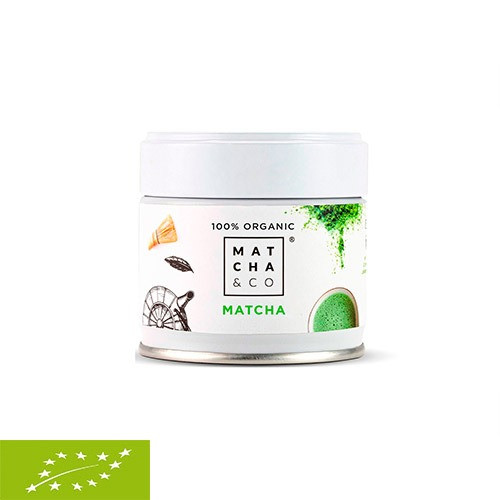The Rising Popularity of Matcha Tea: A Green Elixir for Modern Wellness
In today’s fast-paced world, health-conscious individuals are increasingly searching for natural and sustainable ways to enhance their energy, focus, and overall well-being. One such beverage that has captured global attention is matcha tea, a finely ground powder made from specially cultivated green tea leaves. Unlike traditional teas that are steeped and discarded, matcha involves consuming the entire leaf, offering higher concentrations of antioxidants, vitamins, and minerals. When compared to other energy-boosting drinks like yerba mate, matcha provides a calm yet alert state of mind, making it an attractive alternative for those looking to avoid the jitters often associated with coffee.
The preparation of matcha tea is deeply rooted in Japanese tradition, particularly the centuries-old tea ceremony known as “Chanoyu.” This cultural practice emphasizes mindfulness, simplicity, and respect, transforming the act of drinking tea into a meditative ritual. In contrast, South America celebrates yerba mate, which is enjoyed socially by passing a gourd and straw among friends. Both beverages represent more than just drinks; they embody cultural values and offer unique ways to connect with others. Today, modern consumers are embracing these rituals in new ways, appreciating the history while adapting the drinks to contemporary lifestyles.
Nutritionally, matcha tea stands out because of its exceptional concentration of antioxidants, especially catechins such as EGCG (epigallocatechin gallate). These compounds are known for their ability to reduce inflammation, improve heart health, and potentially lower the risk of certain chronic diseases. Similarly, yerba mate contains polyphenols and saponins, which also support immune health and metabolism. What sets matcha apart is its combination of L-theanine, an amino acid that promotes relaxation, with natural caffeine, creating a balanced energy boost without the crash. This synergy makes both drinks appealing, but matcha is often favored by individuals seeking calm focus during study, work, or meditation.
In terms of energy, matcha tea provides a unique experience. The caffeine in matcha is released slowly into the bloodstream due to its high antioxidant content, which prevents the sudden spikes and crashes associated with coffee. On the other hand, yerba mate delivers a sharper burst of energy, often described as invigorating and stimulating. Both are effective, but the choice depends on personal preference: matcha for steady mental clarity and mate for lively alertness. This difference explains why students, professionals, and athletes increasingly turn to matcha when seeking sustainable endurance for long tasks or workouts.
Culinary uses further highlight the versatility of matcha tea. Beyond traditional whisked tea, it is now a popular ingredient in lattes, smoothies, baked goods, and even savory recipes. Its earthy, slightly sweet flavor pairs well with a variety of foods, making it a favorite in health-conscious kitchens worldwide. Likewise, yerba mate has expanded beyond its traditional preparation, appearing in bottled drinks, energy shots, and herbal blends. Both beverages are proving adaptable to global tastes, moving beyond their cultural origins while maintaining their authenticity.
Sustainability is another reason why matcha tea has gained prominence. The cultivation of shade-grown matcha involves careful farming practices that preserve soil health and biodiversity. Meanwhile, yerba mate is often cultivated in South American rainforests, where it supports local economies and promotes agroforestry. For eco-conscious consumers, choosing these drinks represents not just a healthy lifestyle but also a commitment to supporting sustainable agricultural systems. The rise in demand demonstrates how people are connecting their daily habits to larger environmental and ethical considerations.
Ultimately, both matcha tea and yerba mate offer remarkable health benefits, cultural significance, and unique sensory experiences. Whether you prefer the calm focus of matcha or the vibrant stimulation of mate, both drinks serve as healthier alternatives to highly processed energy drinks or excessive coffee consumption. Their global popularity reflects a growing movement toward mindful living, where people seek nourishment not only for the body but also for the mind and spirit. As more individuals discover these green elixirs, they are likely to become enduring staples in modern wellness routines.

Comments
Post a Comment